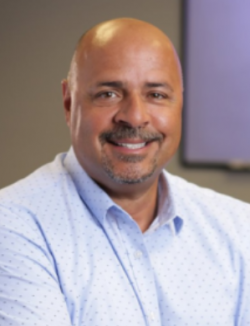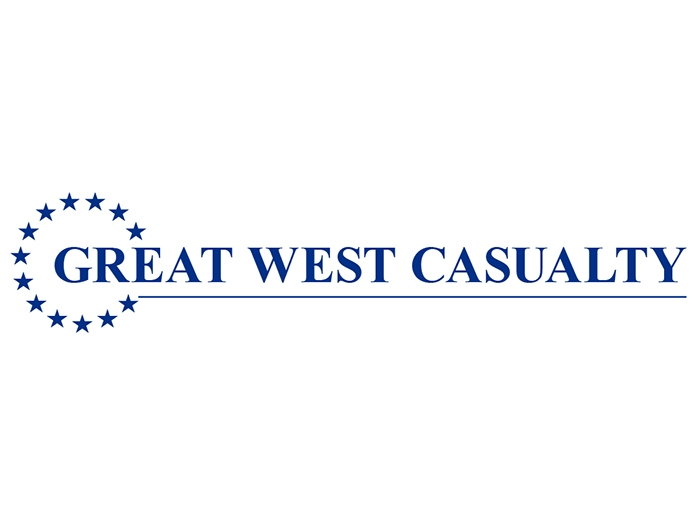Sponsored: Carisk Partners
How to Bring Transparency to a Behavioral-Health-First Approach in Workers’ Comp

Catastrophic work-related injuries are costly in more ways than one. Workers’ comp carriers and self-insured employers often find themselves paying for lifelong care, and thanks to medical cost inflation, the advancement of medical technologies and longer lifespans, it’s not uncommon to see expenses climb into the tens of millions.
These severe injuries also take an enormous psychological toll on their victims. Some will never regain their pre-injury functionality or quality of life. A preponderance of research confirms that the resulting stress and anxiety further impede physical recovery.
It is critical for medical care in workers’ comp to consider not only the injured worker’s physical condition, but their psychological, social and environmental status as well. All these factors play a role in the worker’s well-being and ultimately, their ability to reach maximal recovery.
Payers largely recognize the necessity of holistic care, and the industry is making strides to a more patient-centered advocacy-based approach. However, many aren’t sure how to implement a strength based behavioral-health-first approach. The Workers’ Compensation 2.0 model re-prioritizes several important factors from the traditional workers’ comp model which has historically treated the compensable injury in isolation.
A treatment approach that leads with a focus on strength based behavioral health can best demonstrate value and earn payers’ trust without increasing costs when flexibility and transparency are built in. Here’s how one care coordination company is doing it:
1. Comprehensive, Evidence-Based Care Plans

Eric Wunderlich, Senior Vice President of Sales at Carisk
Care plans for catastrophic injuries can be complex, but payers should be able to understand the justification for every therapy and how each one moves an injured worker closer to recovery.
Evidence based clinical information is blended with information gathered from a comprehensive clinical interview conducted with the injured worker, typically within a week post-injury. This conversation has imbedded tools that allow for the assessment of multiple conditions and attitudes that become risk adjustment factors in the development of care coordination plans. Meaningful patient and family engagement is not just an afterthought or a goal, it is the driver of a successful outcome.
“We’re assessing the type of social support they have at home, and any environmental barriers they might have to receiving care. Most importantly, we’re looking to see what kind of mindset they are in and how strong their motivation is to get better. Are they determined to get stronger, or are they struggling to see the path froward?” said Eric Wunderlich, Senior Vice President of Sales at Carisk.
“All of our care plans start with knowing the patient and they are combined with a bibliography of all of the evidence-based medicine that our clinical experts have drawn from. Everything that’s in the plan is based on published studies that demonstrate outcomes and show best practices in our approach,” said Joe Berardo, CEO of Carisk Partners. “We provide that source data in addition to the information we develop internally and through the complex clinical interview.”
This information is shared with payers, adjusters and all treating providers in order to paint the full picture of the recovery process. Only then can each stakeholder understand the role that each therapy or treatment plays.
“We had one case where we arranged addiction treatment for the son of an injured worker, because his behaviors were preventing our patient from leaving her home and getting the care she needed,” Berardo said. “That’s highly unusual in the workers’ comp world, but it was necessary to keep her moving in the right direction. We could all agree on that because we’d heard her express those concerns during the comprehensive clinical interview and shared that information with her care team.”
2. Flexible, Risk-Based Contract Pricing

Joe Berardo, CEO of Carisk Partners
Catastrophic claims are riddled with uncertainty. When the duration of recovery is long, there are more opportunities for things to go off the rails. While it is possible to anticipate and proactively address some risk factors, payers may prefer to “wait and see” to avoid footing the bill for services that may not be needed in the end.
Transparent risk assessment and flexible pricing help to strike the balance between comprehensive care and cost concerns.
“Once we’ve gathered all our data on a case, our clinical experts determine the risks present and probability that they will occur. That’s based on their own expertise, an extensive database of episodic care and evidence based clinical pathways that show us how likely certain events are to happen,” Wunderlich said.
Some risks are straightforward. A diabetic patient is more likely to have problems with wound healing, for example. Risks related to the impact of mental or emotional issues take special training, tools and expertise to forecast. An injured worker with a history of depression may be at increased risk for adverse outcomes and lack of motivation. Ascertaining the true state of someone’s mental health is essential.
Delineating the cost of individual risks helps to minimize uncertainty by quantifying it, allowing payers to make more informed decisions about the care plan. The ability to carve certain risks out of the contract that they believe are less likely to occur also offers flexibility and greater control over pricing.
3. Demonstration of Value Through Windfall Protection
Payors may be glad they opted not to keep certain risks in their contracts that ultimately never materialized. But what about the services they did pay for? If a holistic approach is designed to prevent risk factors from derailing recovery, how then can a payor ever know their true impact on the outcome of a claim?
Windfall protection in the form of a rebate is one way to show the value of whole-person care.
“If an injured worker recovers optimally and the case ends up with a lower duration and medical loss expense then expected, we report that very transparently, and we have a process to dividend back the difference up to a certain point,” Berardo said.
“By completing a true-up at the end of the plan, payers are capped on the top end of their spend by the contract price. We don’t go back and ask for another $100,000 to get the injured worker across the finish line,” Wunderlich added. “On the lower end, they are protected from over-spending by the promise of those rebates. It’s a risk-free form of risk transfer.”
Rebates also help to quantify the impact of behavioral health strategies on overall clinical and financial outcomes. Investing a few thousand dollars in support services on the front end of a claim can ultimately save hundreds of thousands in the end, and windfall protection offers a more concrete way to measure those savings and recognize value. It also avoids messy conflicts that have been prevalent in the market often cited in publications and studies. Carisk’s clients never have to rethink whether they made the right choice to refer the injured worker.
Leading the Way in Behavioral Health in Workers’ Comp
Transparency, flexibility, and windfall protection all help to build trust and a true sense of partnership between clinical care coordinators, TPAs, employers and payers. They help to ease the apprehension surrounding a behavioral-health-first approach in workers’ comp.
Carisk Partners is the first NCQA and AAAHC accredited company to point their expertise towards the workers’ comp industry and to lead with behavioral health, rather than outsourcing behavioral services as an afterthought. Having this discipline in-house improves quality, communication, and control for their clients. Empathy and compassion for the patients’ entire situation in foundational for Carisk.
“I can tell you with 100% confidence that if you come out of a managed care world, it’s very, very difficult to bring a behavioral health mindset to case management. It’s traditionally off to the side; an afterthought,” Berardo said.
“Carisk started as a behavioral healthy company first, so it’s in our DNA. We feel very strongly that if you build your clinical plan around understanding who you’re treating, you’re going to have a much better outcome than if you start with the injury and then try to figure out how this person will respond to the treatment plan as you go.”
That approach has proven successful. Since its inception in 2015, Carisk has steadily been building partnerships with payers and providers eager to improve the delivery of care in workers’ comp.
“I always say our company will do very well by doing good because it’s core to our culture,” Berardo said. “Over the past few years, the marketplace and the provider community have been recognizing the value of holistic care, and we’ve grown exponentially year over year. So, we must be doing something right.”
To learn more about Carisk’s specialty risk transfer services, visit https://www.cariskpartners.com/outcomes-specialty-risk-transfer/.
This article was produced by the R&I Brand Studio, a unit of the advertising department of Risk & Insurance, in collaboration with Carisk Partners. The editorial staff of Risk & Insurance had no role in its preparation.










